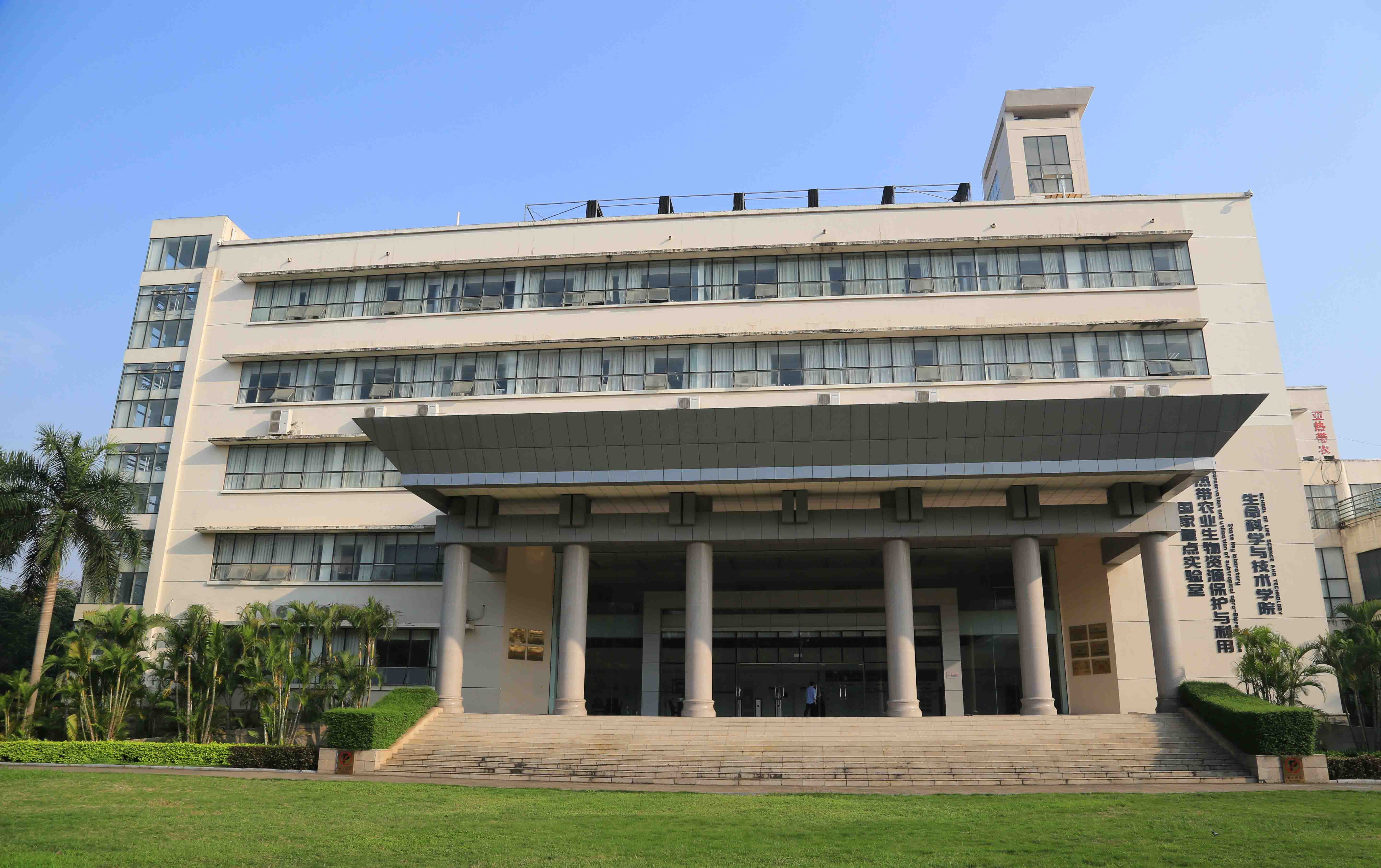
https://lst.gxu.edu.cn/english/
The School of Life Science and Technology was founded in 1985 and is located in Guangxi, China. It began with a central laboratory in Guangxi Agriculture College, and in September 2003, several institutions were merged to form the School of Life Science and Technology.
The school has 66 faculty members, including 44 full-time teachers, with 21 professors and 15 associate professors. Among them there are 42 doctors, 20 doctoral supervisors and 40 supervisors for master’s degree. The school has a group of high-level talents, including laureates of national talent titles, recipients of the special government allowance from the State Council, teachers under the "New Century Excellent Talents Support Plan", national model teachers, outstanding teachers awarded the Bao Gang Education Award, professors with the prestigious title of Guangxi Bagui Scholar, Bagui Leading Young Talents and Guangxi Outstanding Youth, teachers selected for Guangxi's "Ten Thousand Talents Program" and outstanding experts and scholars in Guangxi Zhuang Autounomous Region(GZAR).
The school currently offers two undergraduate programs—Biotechnology and Bioscience, with a total enrollment of 486 undergraduate students. Biotechnology is a national first-class major construction site. Since its establishment, the school has had one national bilingual teaching demonstration course, two autonomous regional excellent courses and one teaching team at autonomous-region level. We have undertaken one national virtual simulation teaching project as well as one project of reform and practice of education and teaching of the Ministry of Education, winning a second prize for National Teaching Reform Research Achievements, two grand prizes, two first prizes, five second prizes, and two third prizes for teaching reform research achievements in GZAR. In the "China University Evaluation Report by Discipline and Major"(Zhong Guo Da Xue Ji Xue Ke Zhuan Ye Ping Jia Bao Gao) published by the Research Center for Chinese Science Evaluation(RCCSE), the China’s Education Quality Evaluation Center of Wuhan University, and the NSEAC, our Biotechnology program was ranked 7th and 10th respectively in the national ranking for undergraduate programs in 2015 and 2016.
We have Biology as a first-level discipline and Guangxi’s leading and key discipline with advantages and Microbiology as a key discipline of China and higher education of Guangxi The school also has first-level discipline doctoral and master’s academic degree authorization points under Biology, post-doctoral scientific research mobile station in biology, and a master’s professional degree authorization point under Biology and Medicine. At present, there are 556 graduate students of various majors (including 106 doctoral students). On the basis of the first-level subject, Agricultural Science, Plant and Animal Science, and Biology and Biochemistry have been listed in the top 1% in the Essential Science Indicators (ESI).
The school relies on teaching and research platforms at national, provincial and ministerial level, such as State Key Laboratory for Conservation and Utilization of Subtropical Agro-bioresources, Cellulose Processing Laboratory of the National Engineering Research Center for Non-Food Biomass Energy, Guangxi Key Laboratory for Subtropical Bioresources Conservation and Utilization, Guangxi Subtropical Bioengineering Talent Highland, GZAR Demonstration Center for Experimental Education—Experimental Teaching Center for Life Science, GZAR Virtual Simulation Experimental Teaching for Biological Science and Engineering, Guangxi Research Center for Microbial and Enzyme Engineering Technology and Institute of Applied Biotechnology under Guangxi Scientific Research Center.
Since the establishment of the School of Life Science and Technology, it has undertaken more than 100 scientific research projects at national, provincial and ministerial level. The school has obtained 100 national authorized invention patents; published multiple research papers in internationally renowned academic journals such as Cell Host & Microbe, Nature Communication, PNAS, Plant Cell, Genome Research, Nucleic Acids Research, Plant Journal, and Plant Cell and Environment; won 1 second prize in the State Scientific and Technological Progress Award, 2 silver medals and 2 bronze medals in the International Genetically Engineered Machine Competition(iGEM), 2 first prizes, 2 second prizes, and 2 third prizes in Guangxi Natural Science Award, 2 second prizes in Guangxi Technological Invention Award, and 2 first prizes, 7 second prizes, and 4 third prizes in Guangxi Science and Technology Award.
The School of Life Science and Technology will follow a "three-step" development strategy plan. By 2028, it aims to become a first-class research-oriented school of life science and technology with distinctive disciplines, characteristic programs, well-organized faculty, and a rational layout of cooperative education. The school will combine theoretical and applied research of biology, and focus on subtropical biological resources.